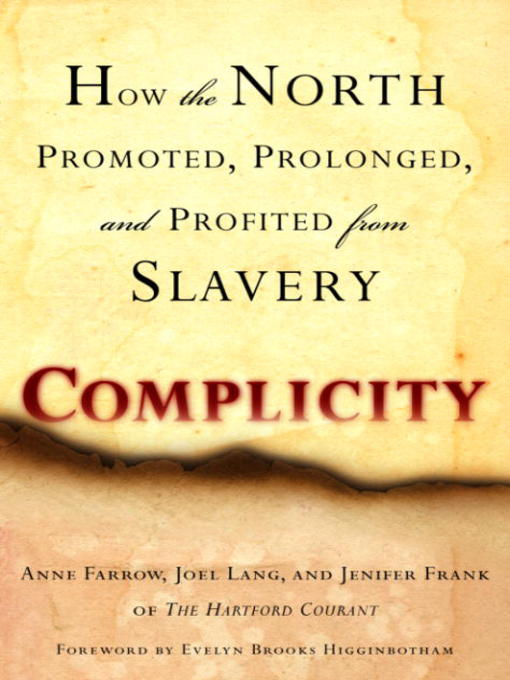
Complicity
How the North Promoted, Prolonged, and Profited from Slavery
کتاب های مرتبط
- اطلاعات
- نقد و بررسی
- دیدگاه کاربران
نقد و بررسی

Starred review from October 1, 2005
These two revealing works take complementary approaches to the depth and breadth of slavery's scar on America's character. Expanding their award-winning investigative series for their newspaper's Sunday magazine, "Northeast", two veteran reporters and an editor from Connecticut's "Hartford Courant" offer something of a macro view in "Complicity". Peering out from a place where slaves hardly numbered more than 3000, Farrow, Joel Lang, and Jennifer Frank expose the breadth of the Colonial and antebellum North's immense profits from, and tenacious protection of, American Negro slavery. Their ten chapters follow South-North money trails from cotton textiles to carriages to rum production, pianomaking, and slave piracy. "Slavery in New York "presents a contrasting micro view focused upon the city that was the North's leader in slave population, with more than 20,000 slaves in 1800. Editors Berlin (history, Univ. of Maryland; "Many Thousands Gone") and Harris (history, Emory Univ.; "In the Shadow of Slavery") and 11 other leading scholars peel back the layers of New York's long slave past. Their work is being published in conjunction with an exhibit of the same title slated to open in October 2005 at the New York Historical Society. The scholars recover the deep and extended roots of slavery in New York's polyglot culture from its inception in New Amsterdam in the early 1600s. They work beyond New York's gradual abolition of slavery after 1799 and general emancipation in 1865 to show blacks' remarkable resilience in creating popular, elite, and civic cultures to battle racism's constraints in and out of slavery. Alone and together, these two books are essential reading and belong in any serious collection on U.S. or regional development, slavery, or New York history. -Thomas J. Davis, Arizona State Univ., Tempe
Copyright 2005 Library Journal, LLC Used with permission.

























دیدگاه کاربران